PICOT Analysis: Impact of Skincare vs. Cushions on HAPI Recovery
VerifiedAdded on 2022/08/17
|6
|1142
|16
Report
AI Summary
This report presents a PICOT analysis investigating the impact of skincare versus pressure-reducing cushions and mattresses on the recovery of patients with hospital-acquired pressure injuries (HAPI). The patient population focuses on individuals aged above 70 years with skin damage and mobility issues. The intervention involves maintaining clean and dry skin, while the comparison examines the use of pressure-relieving mattresses and cushions. The outcome aims to prevent and facilitate recovery from HAPI, with a time frame of one year for complete recovery from pressure ulcer infections. The analysis considers factors such as skin tolerance, infection prevention, and the cost-effectiveness of different treatment approaches. Desklib offers a wealth of resources, including past papers and solved assignments, to support students in their studies.
1 out of 6
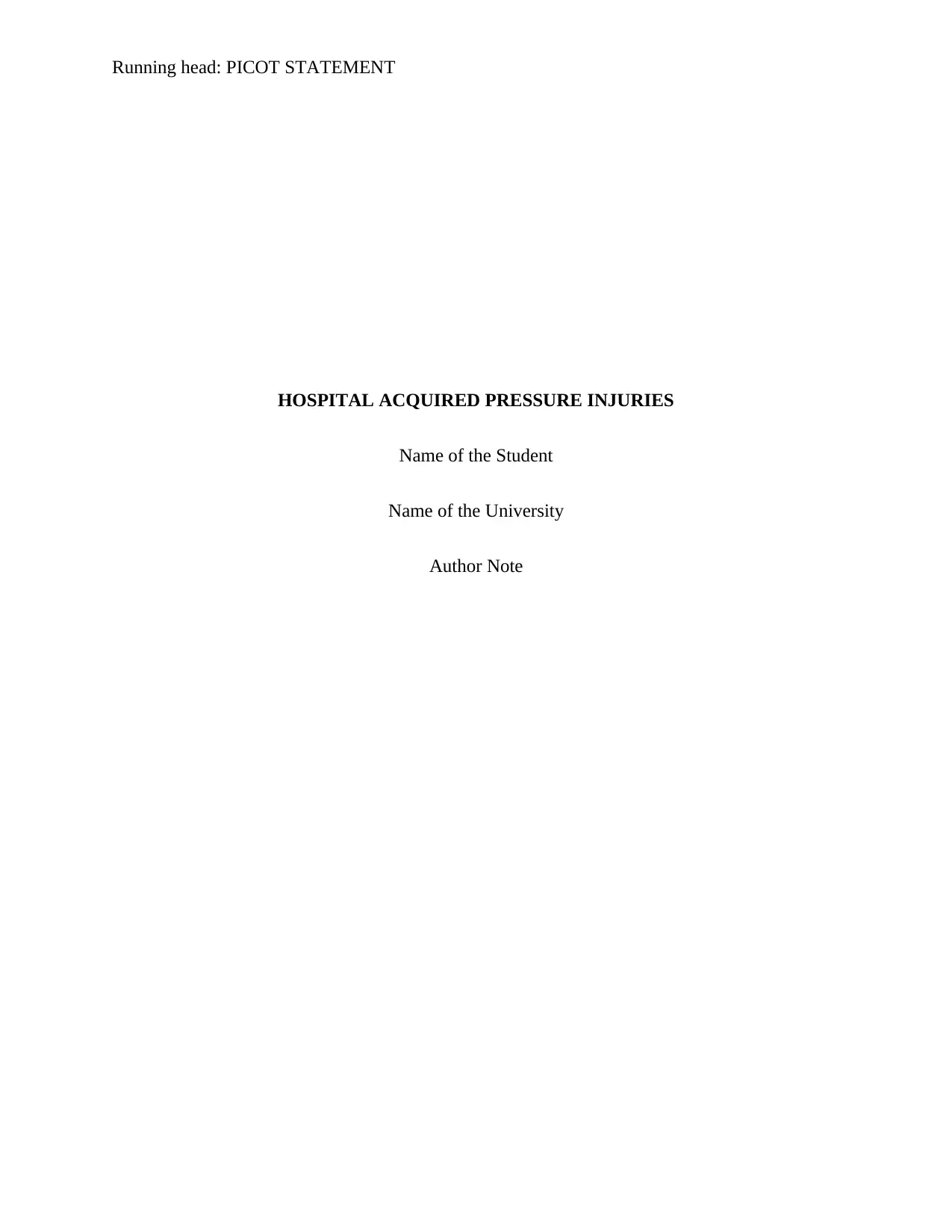
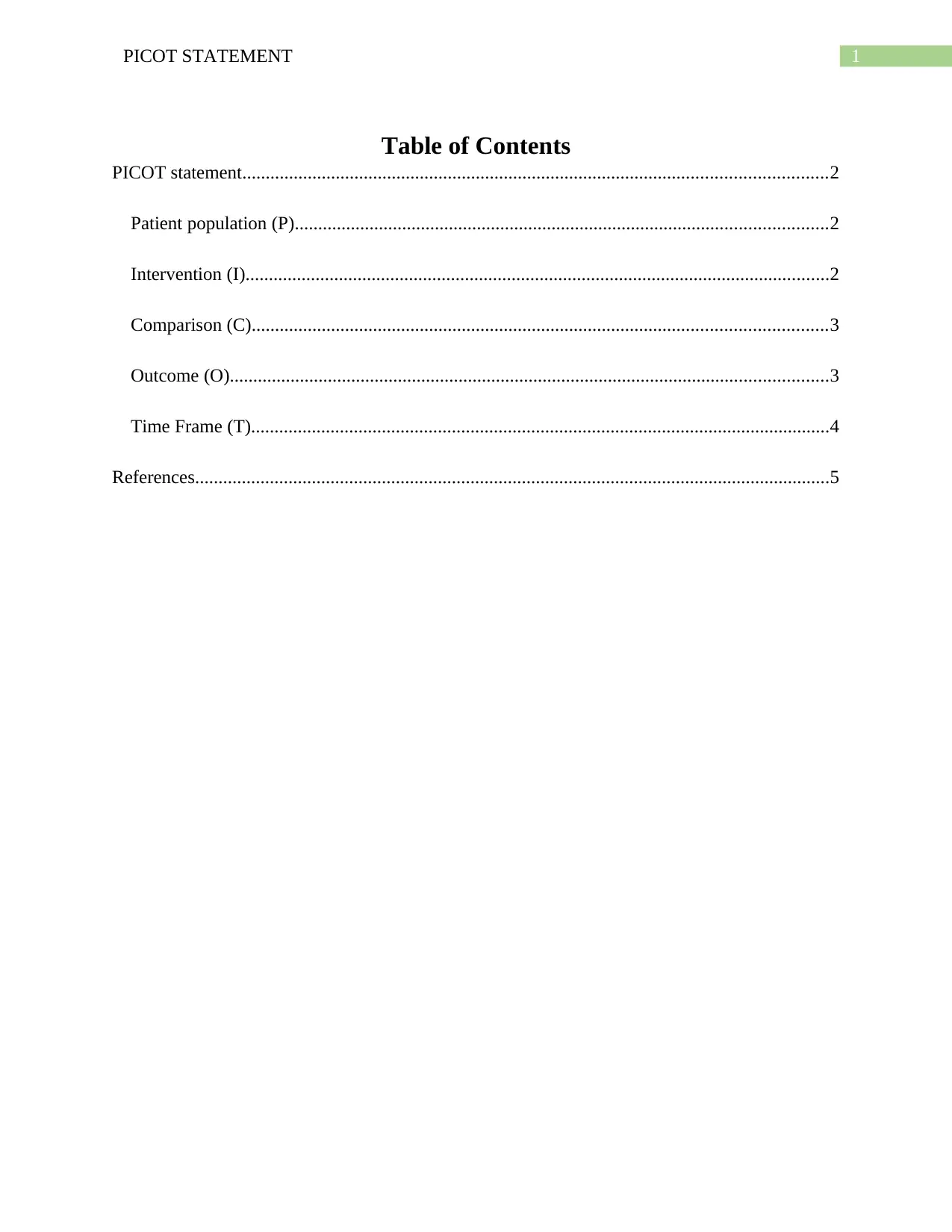
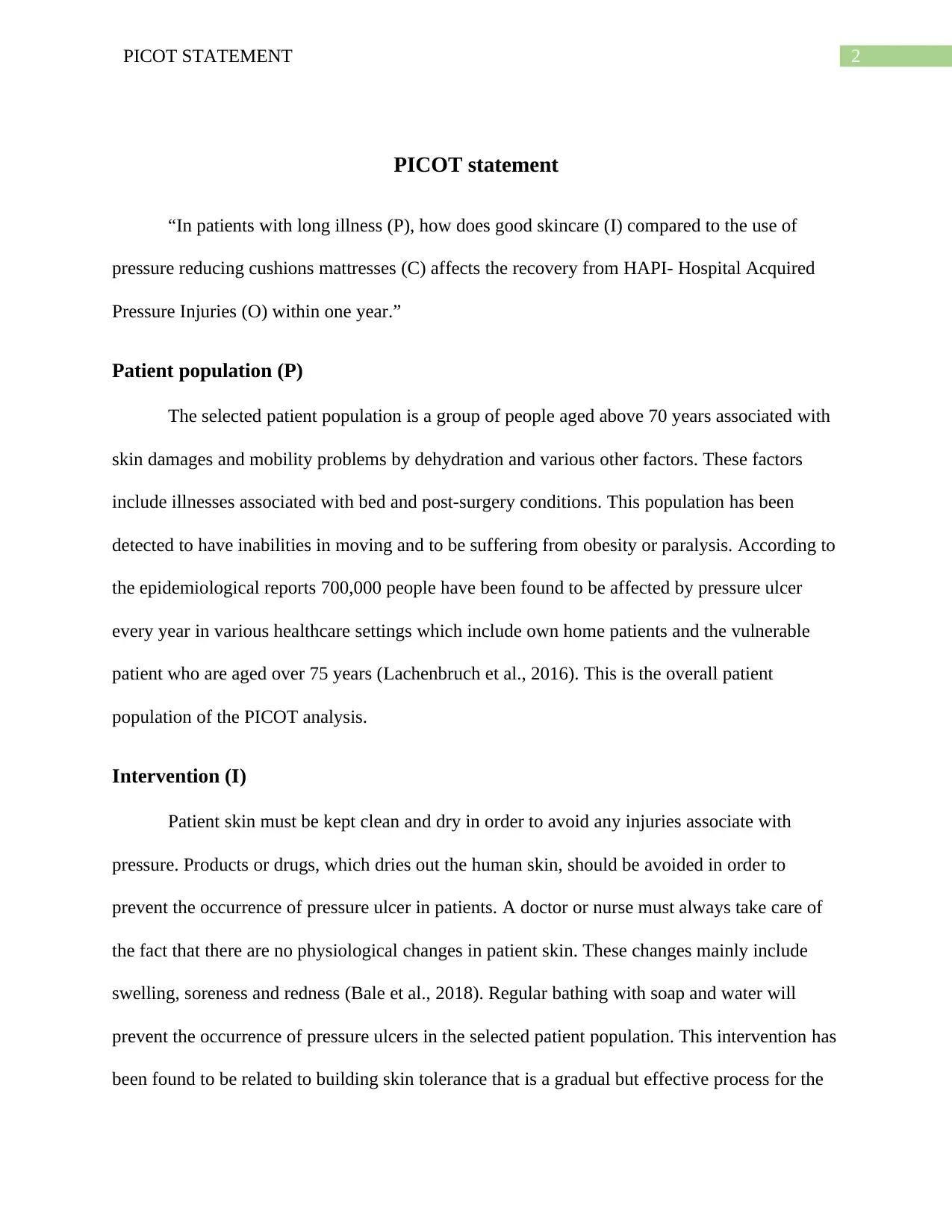
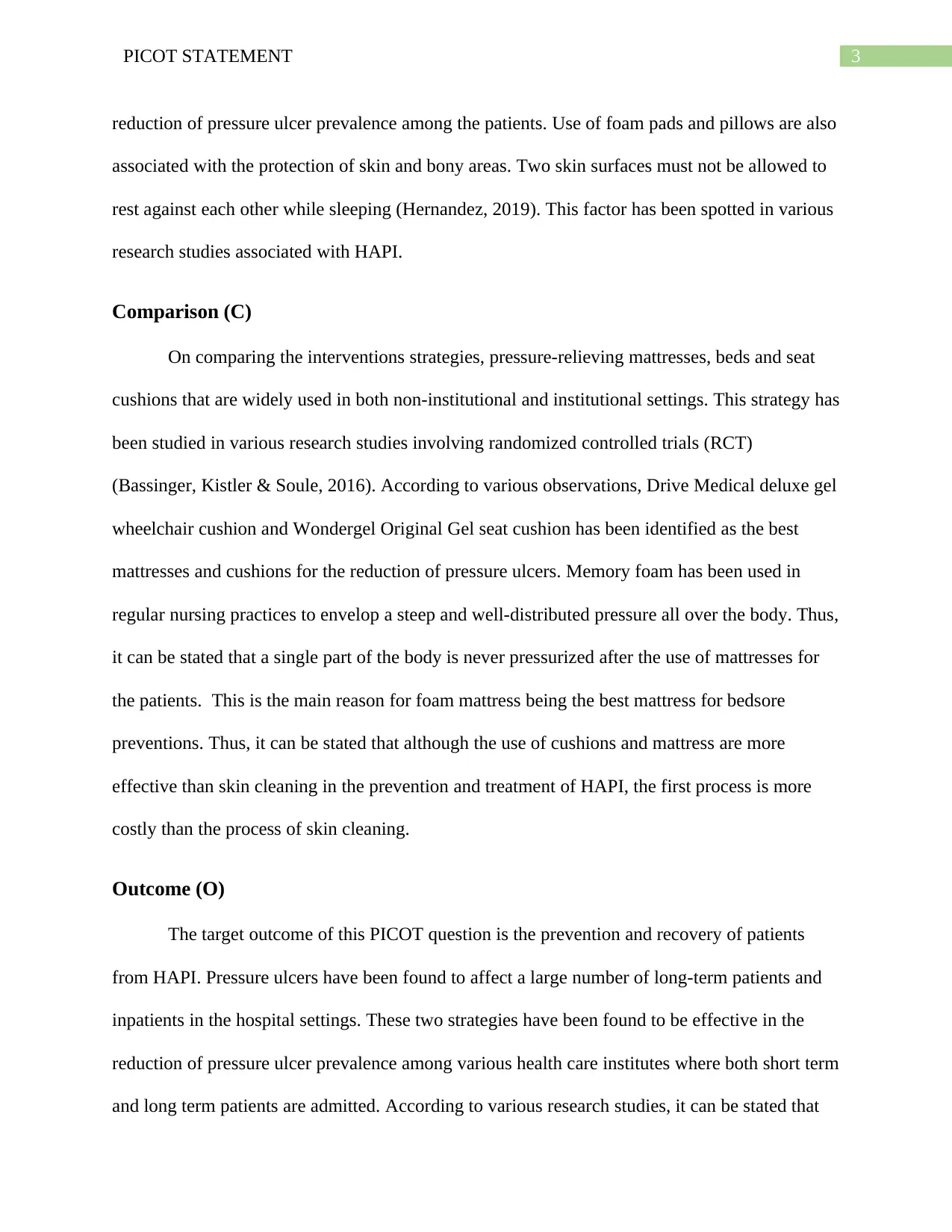
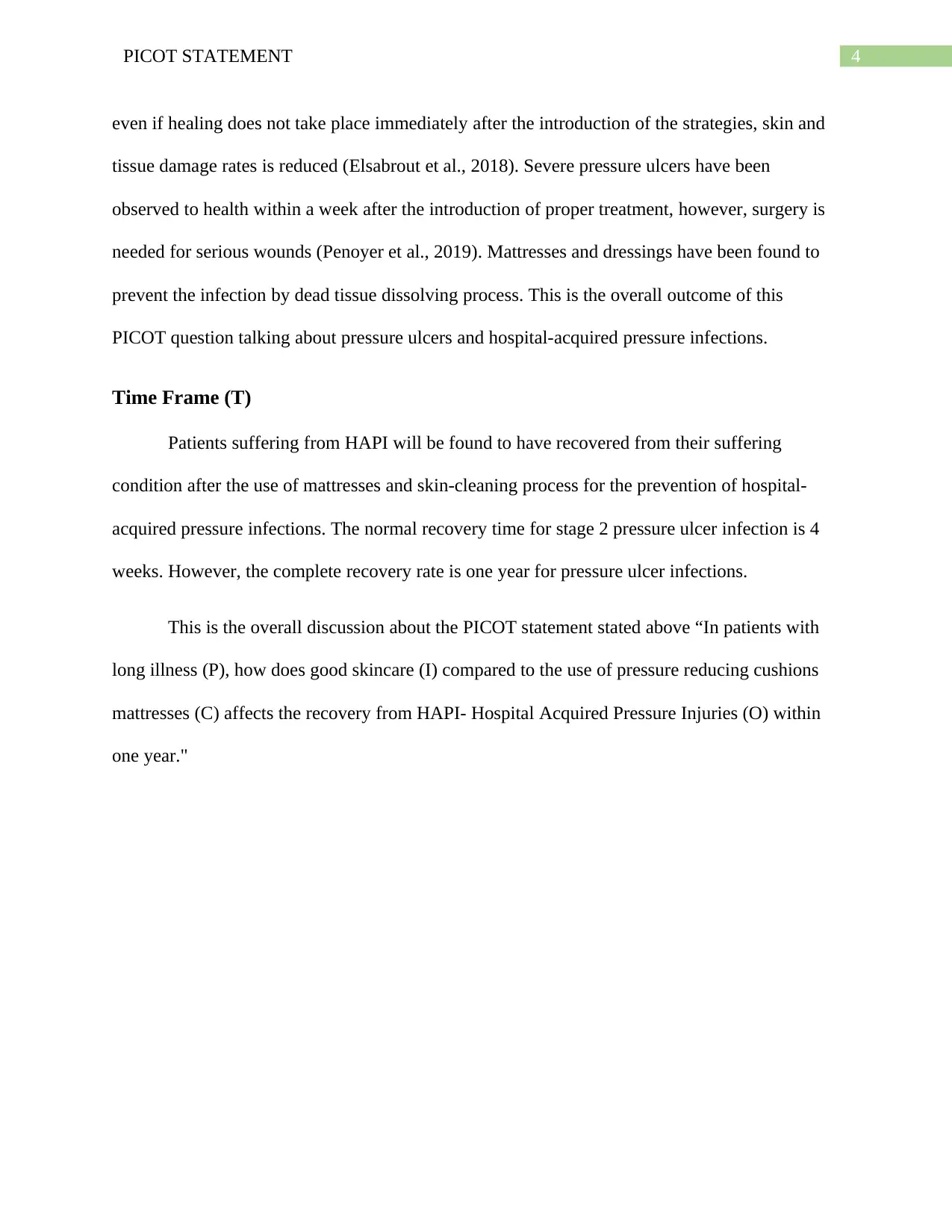
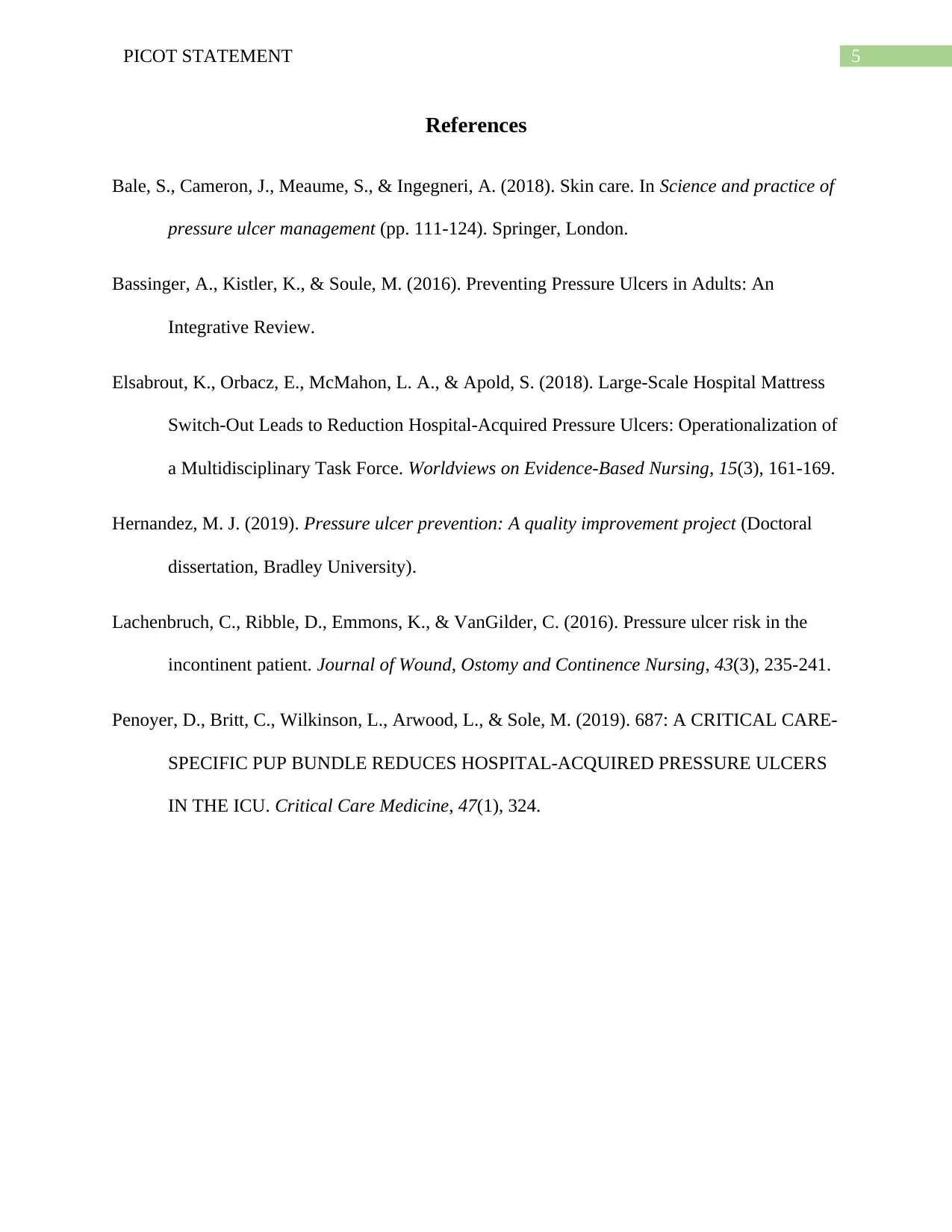






![[object Object]](/_next/static/media/star-bottom.7253800d.svg)